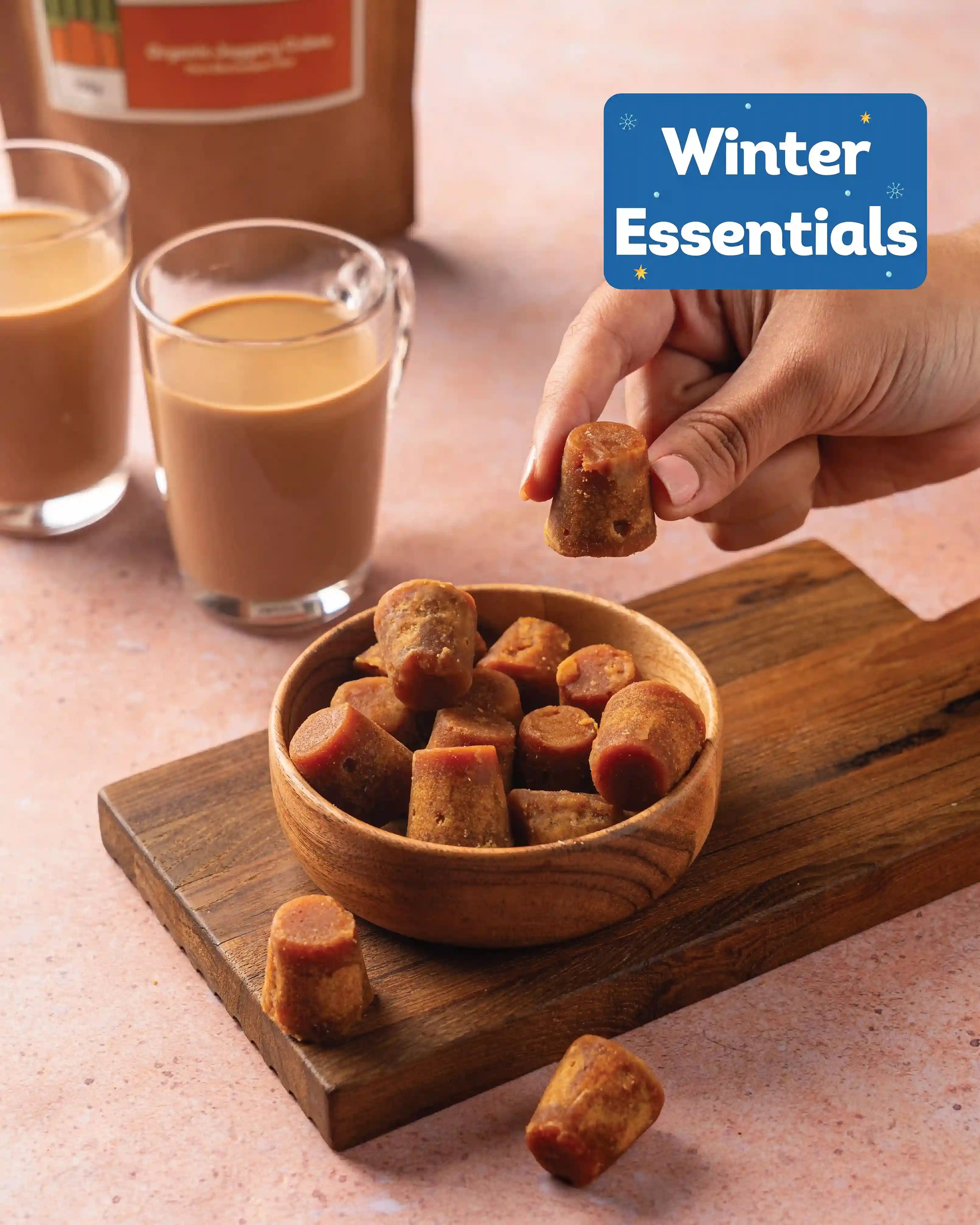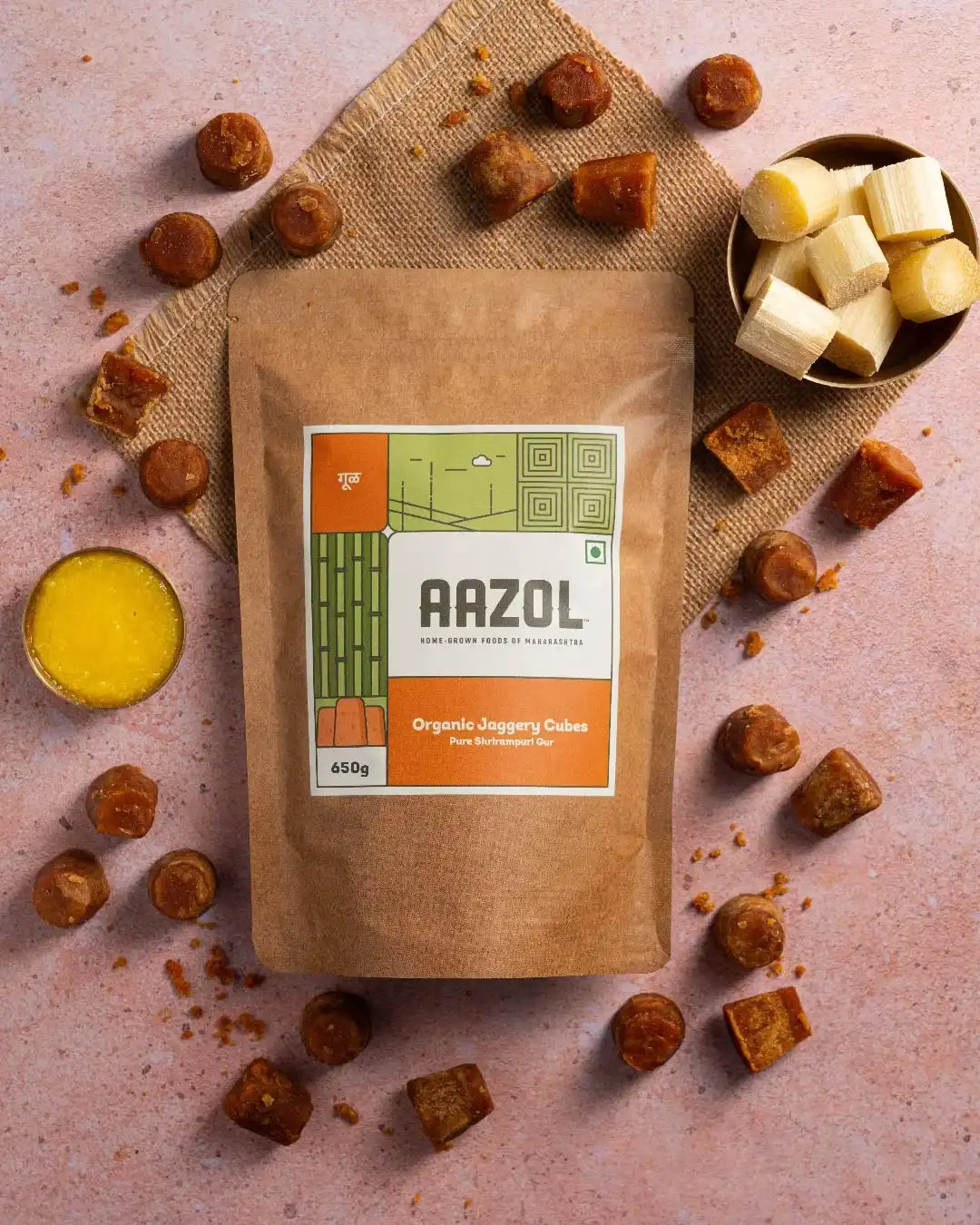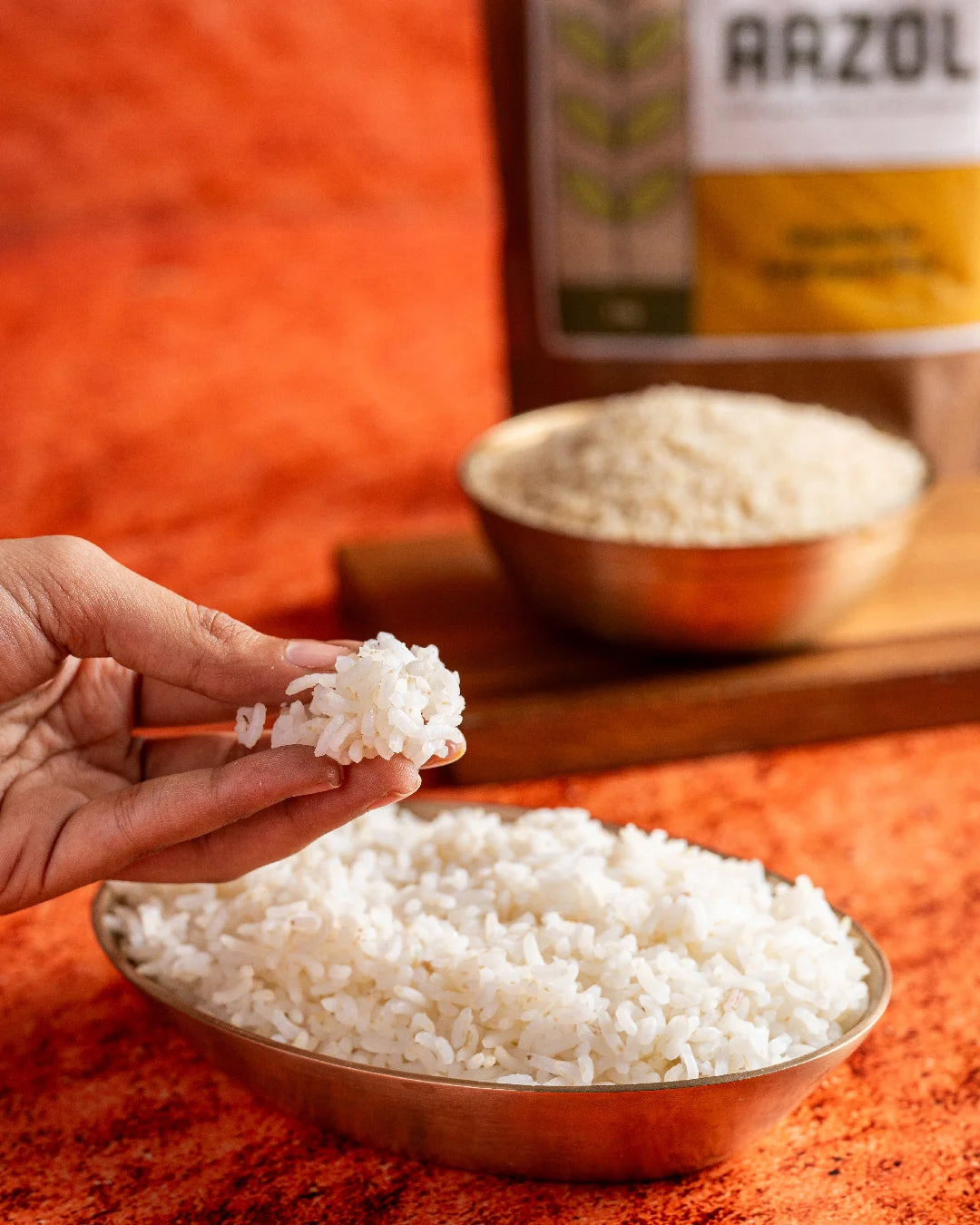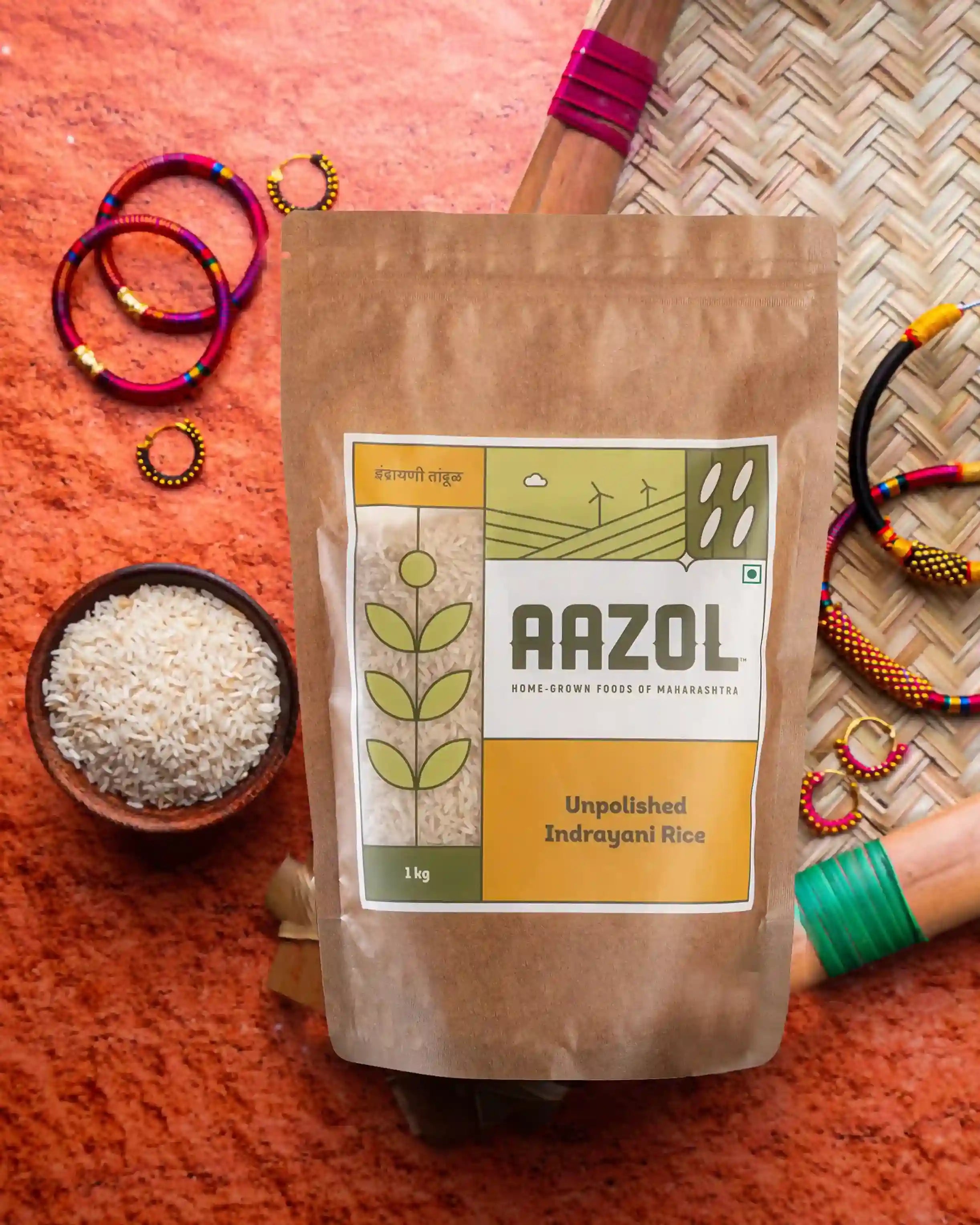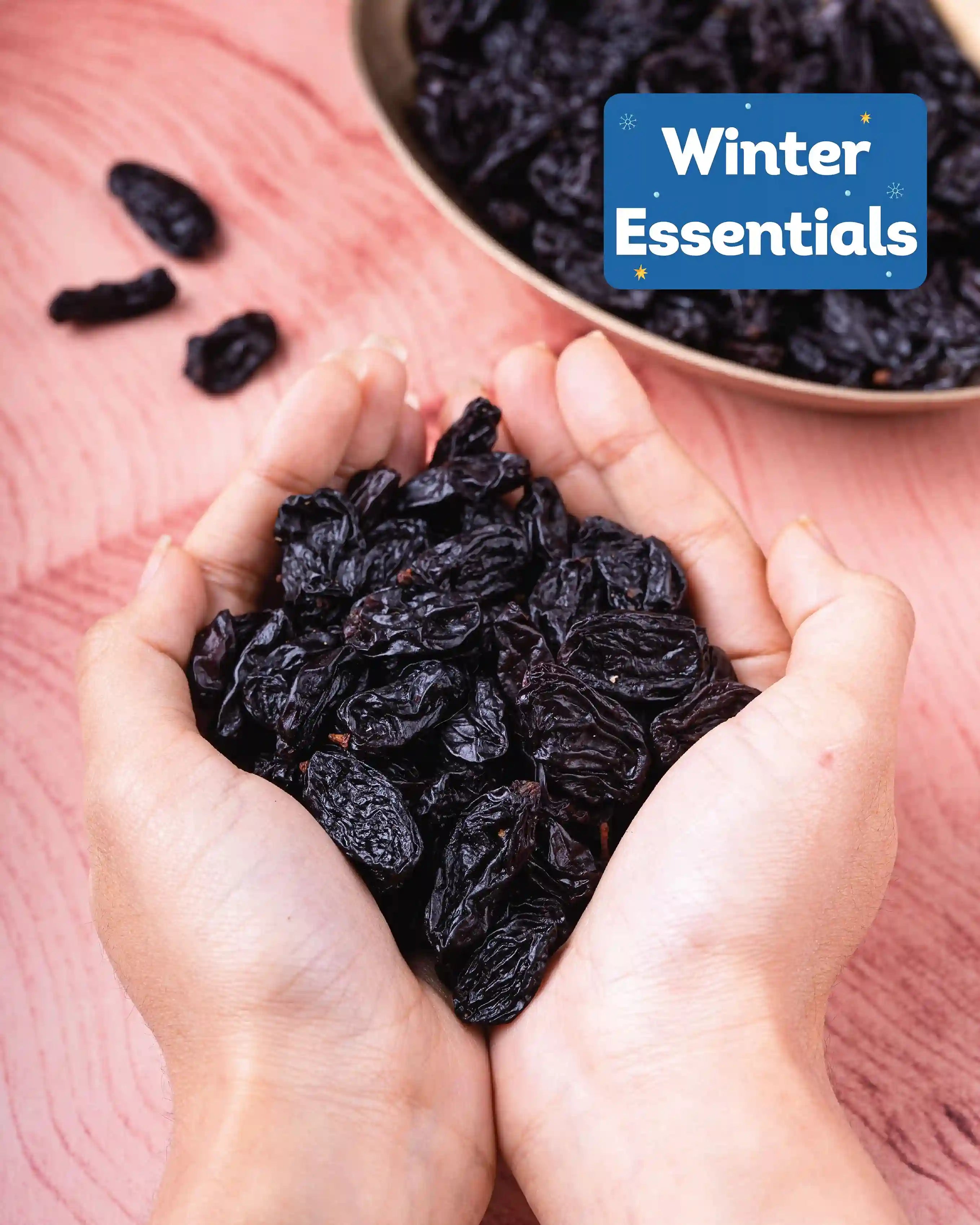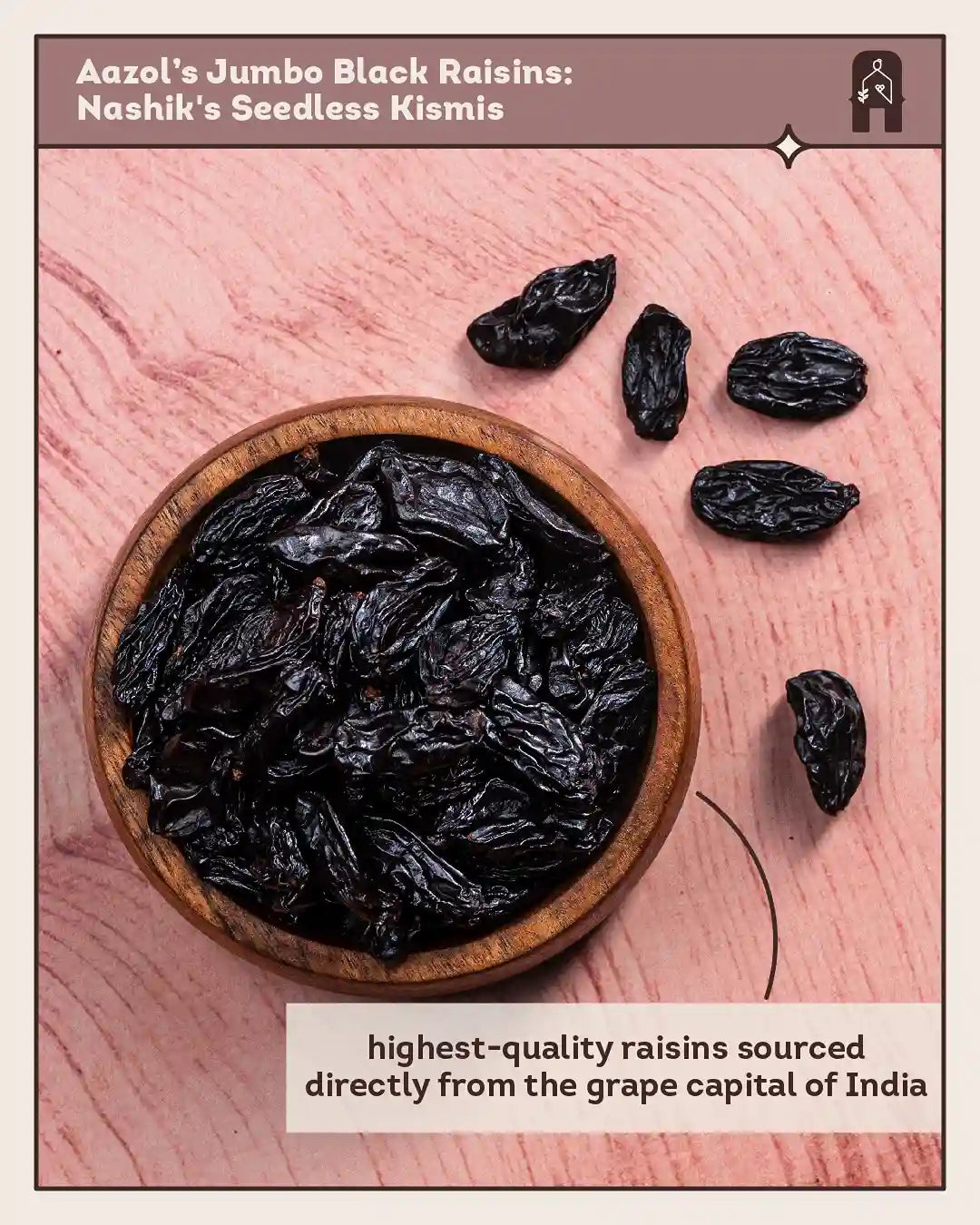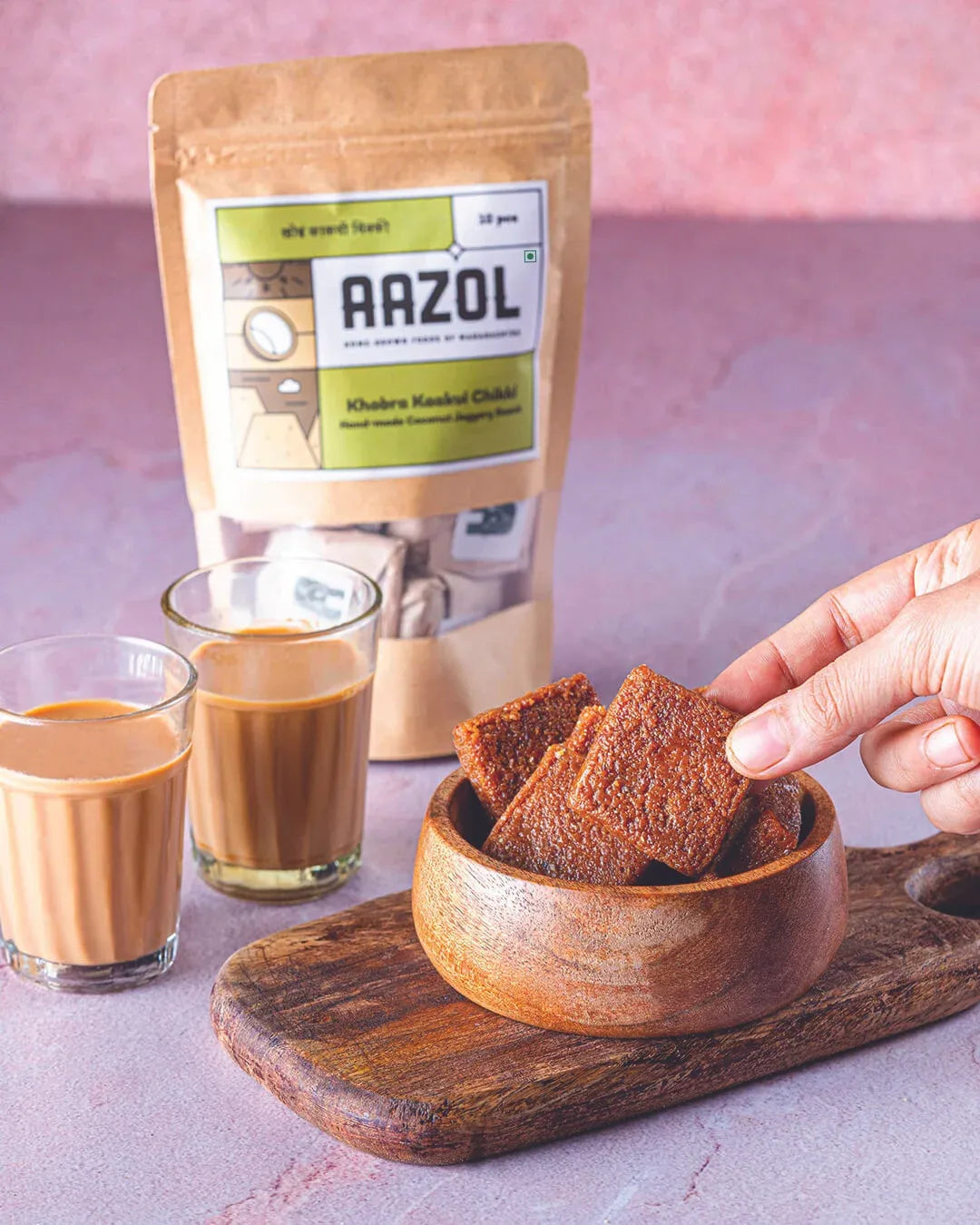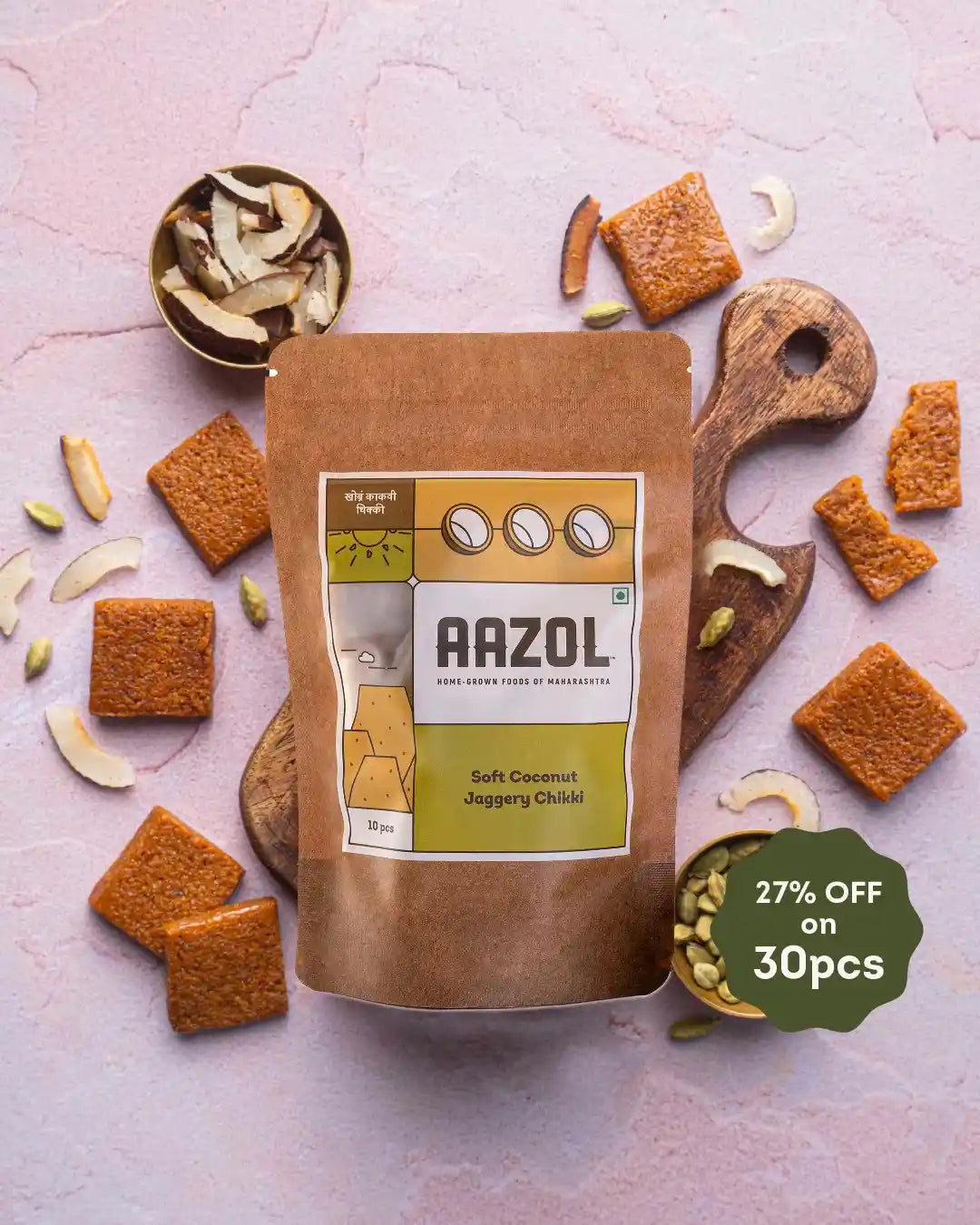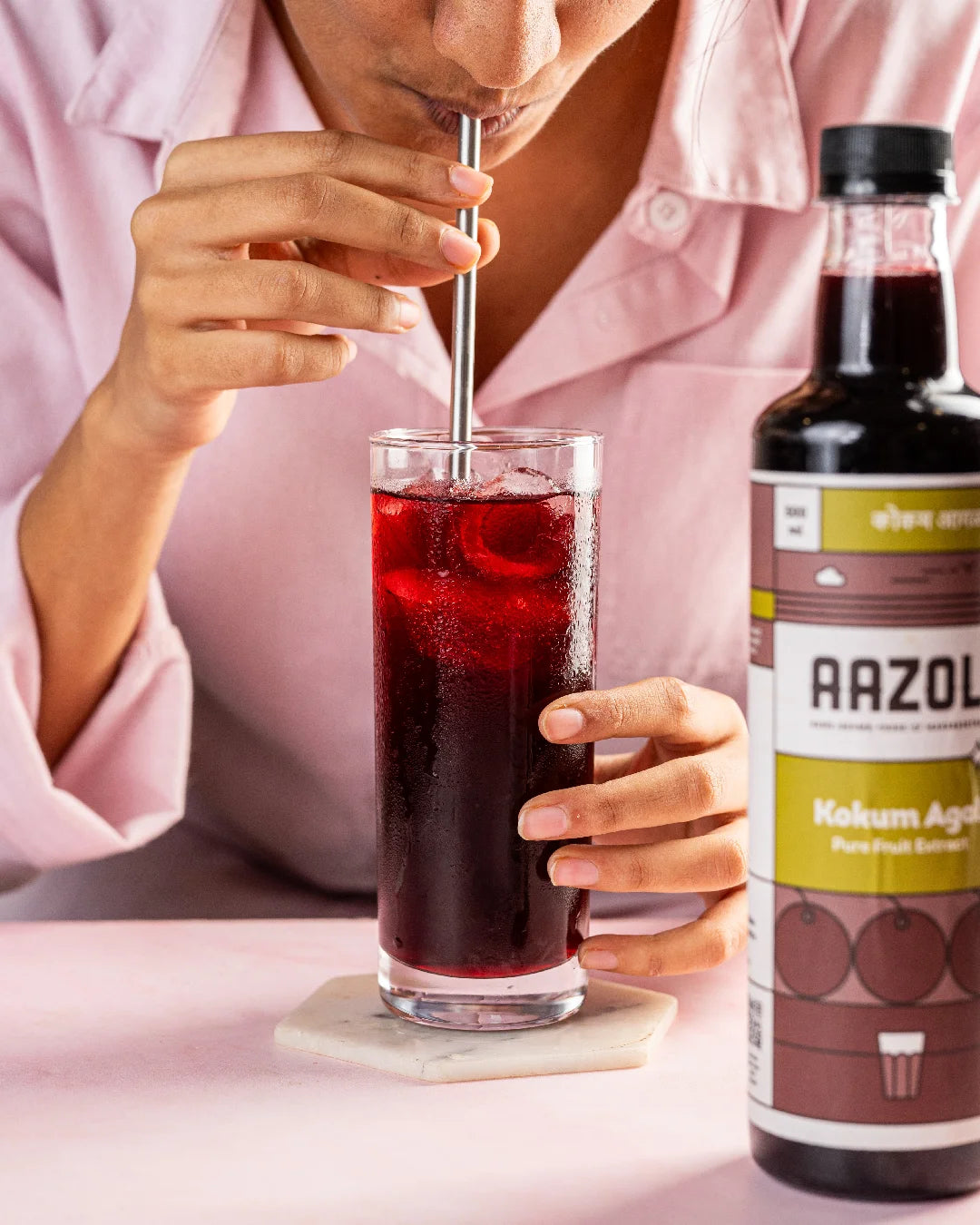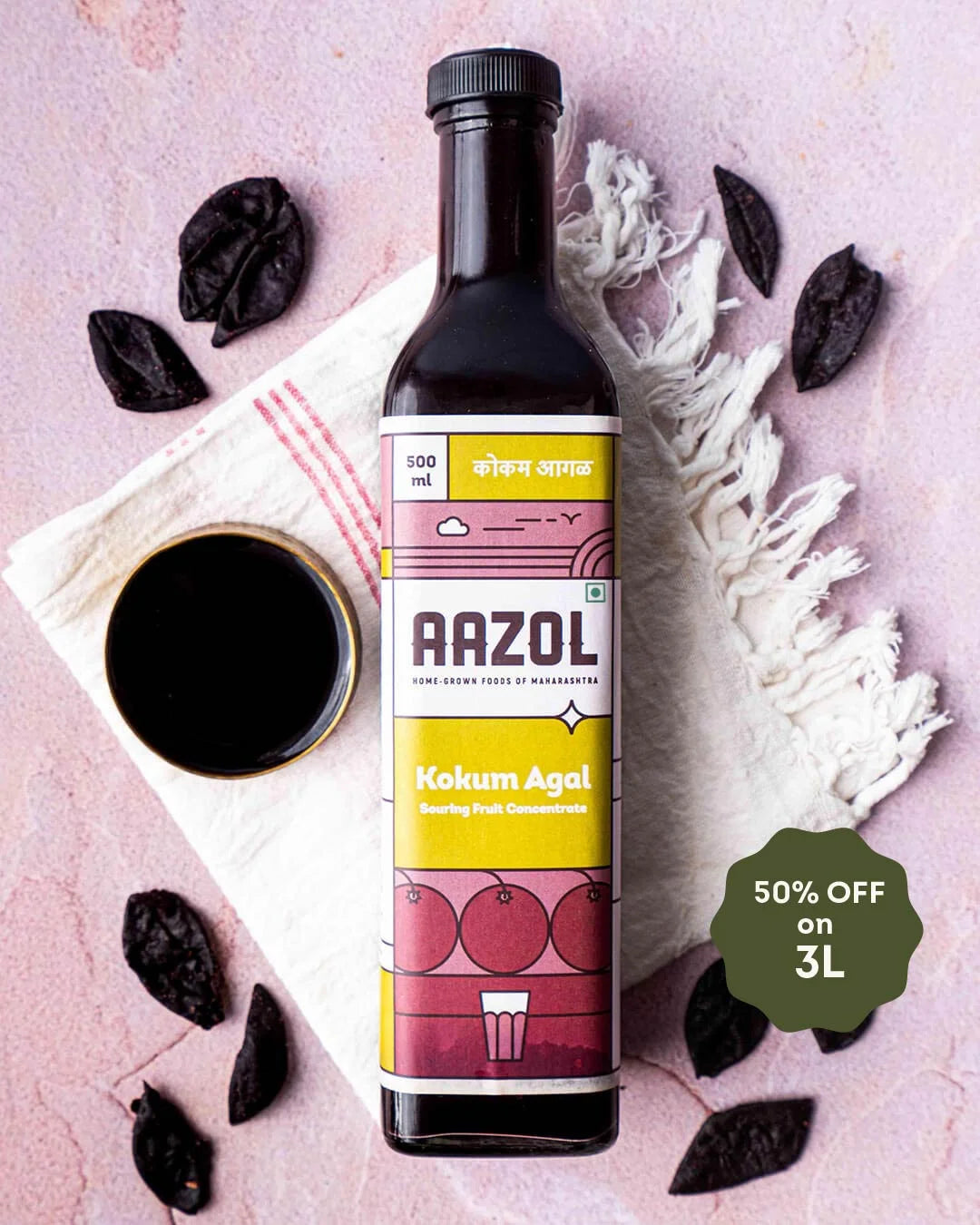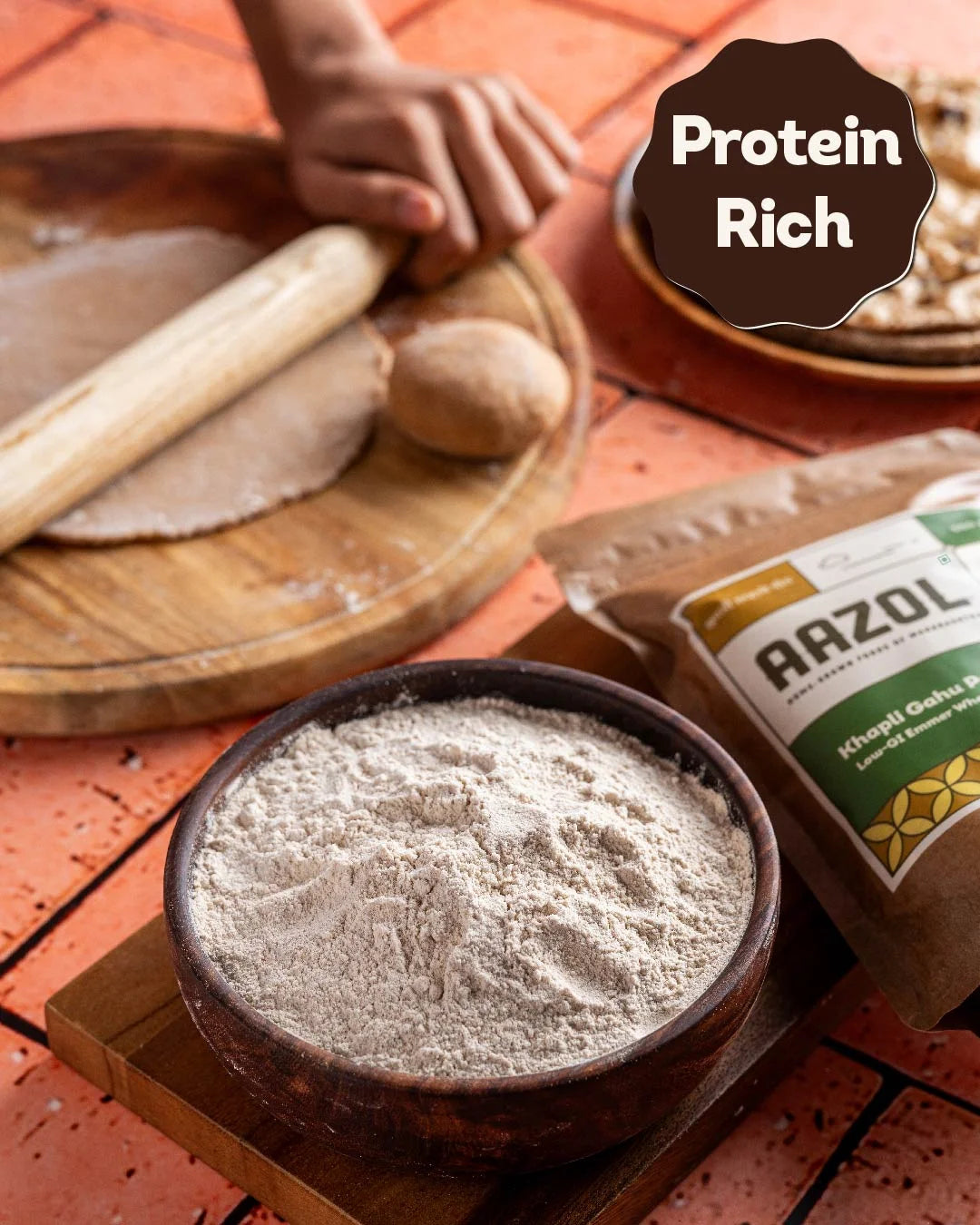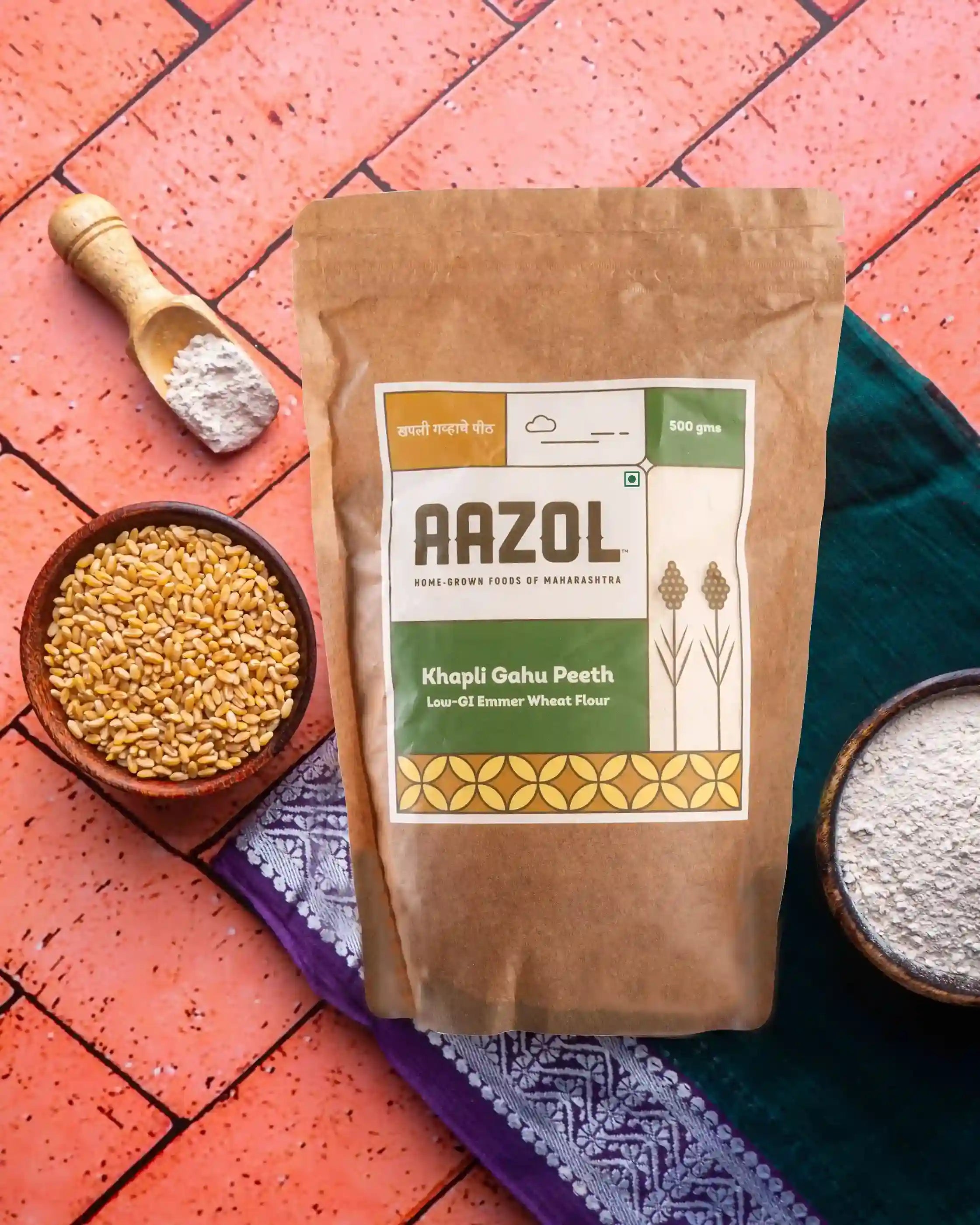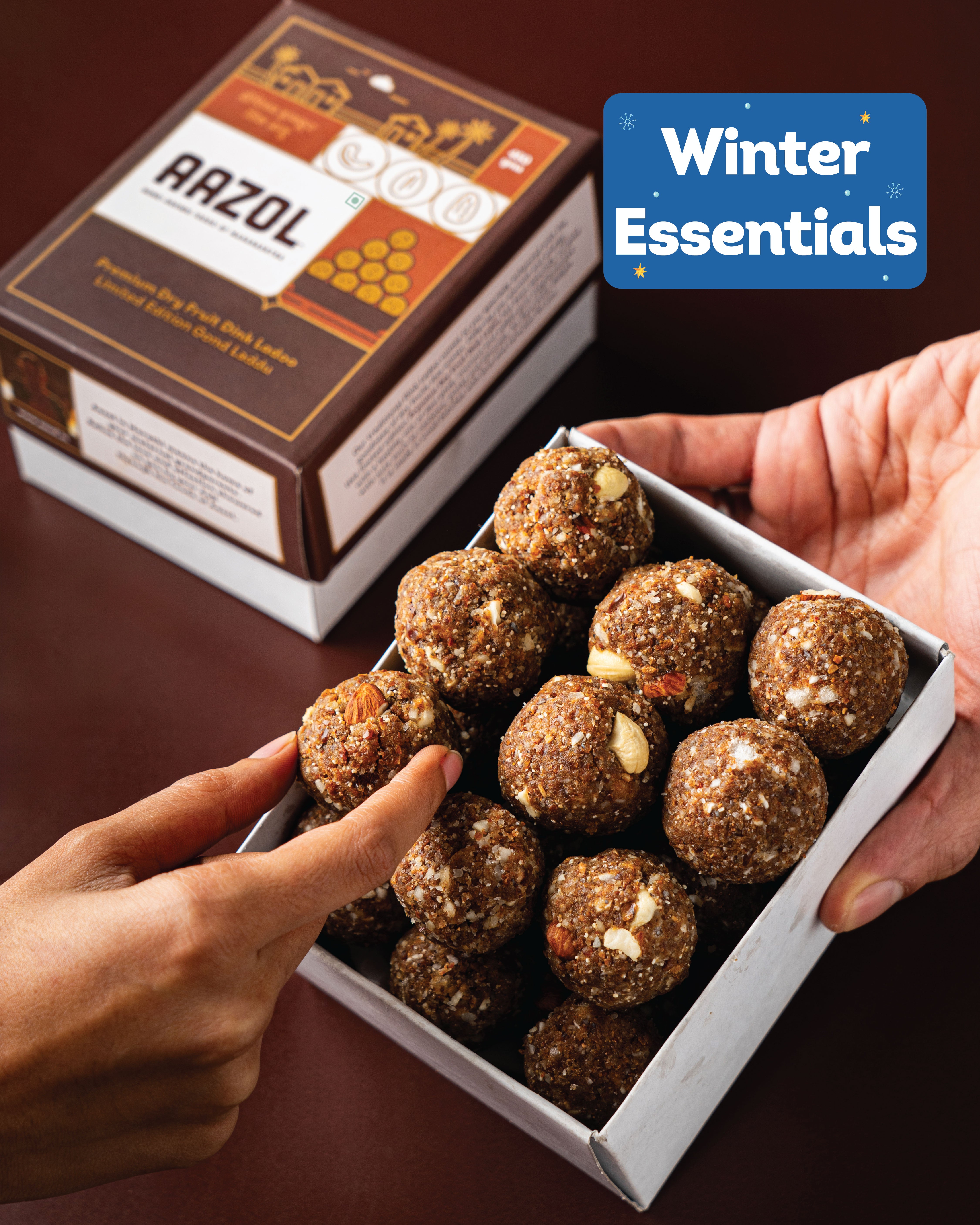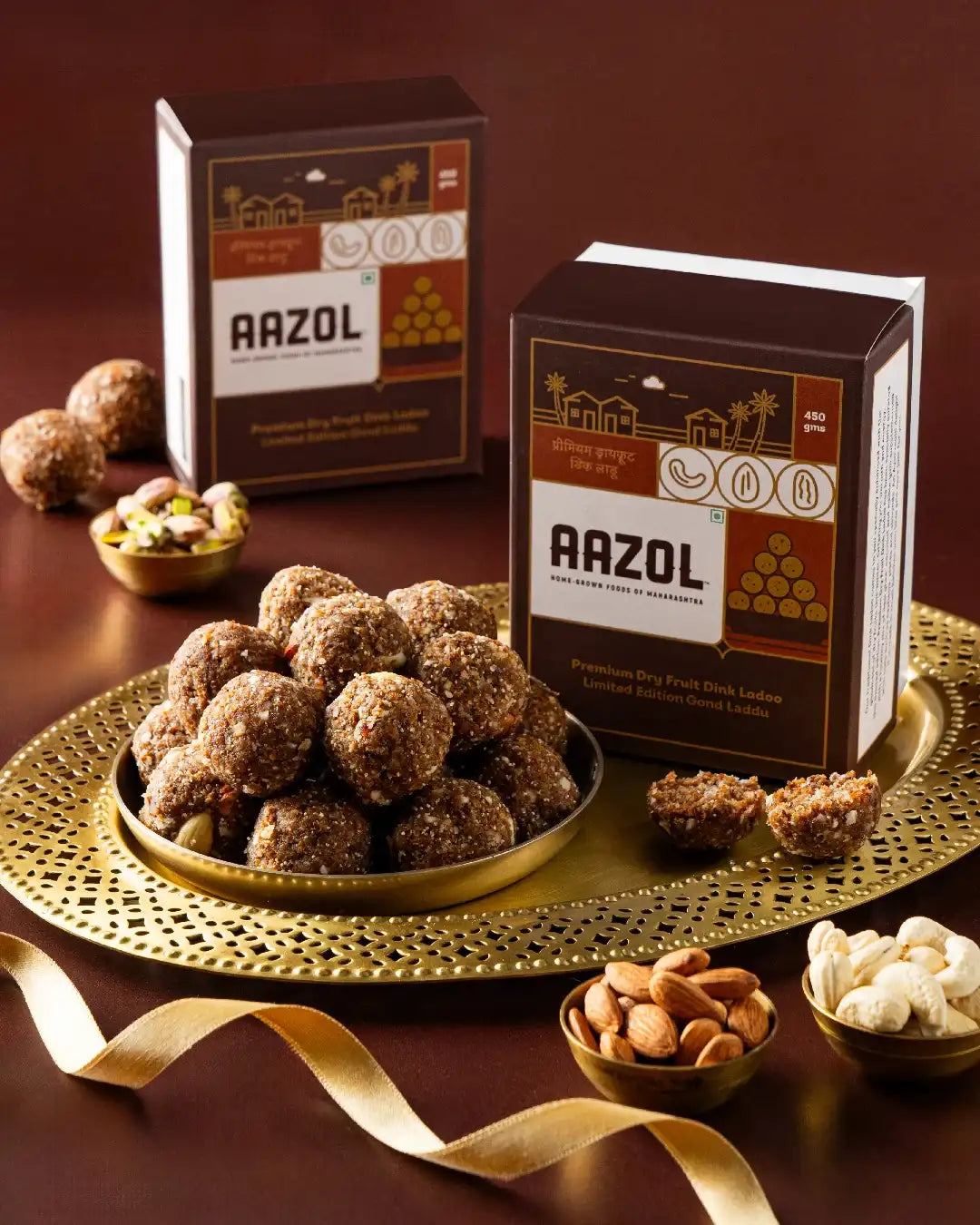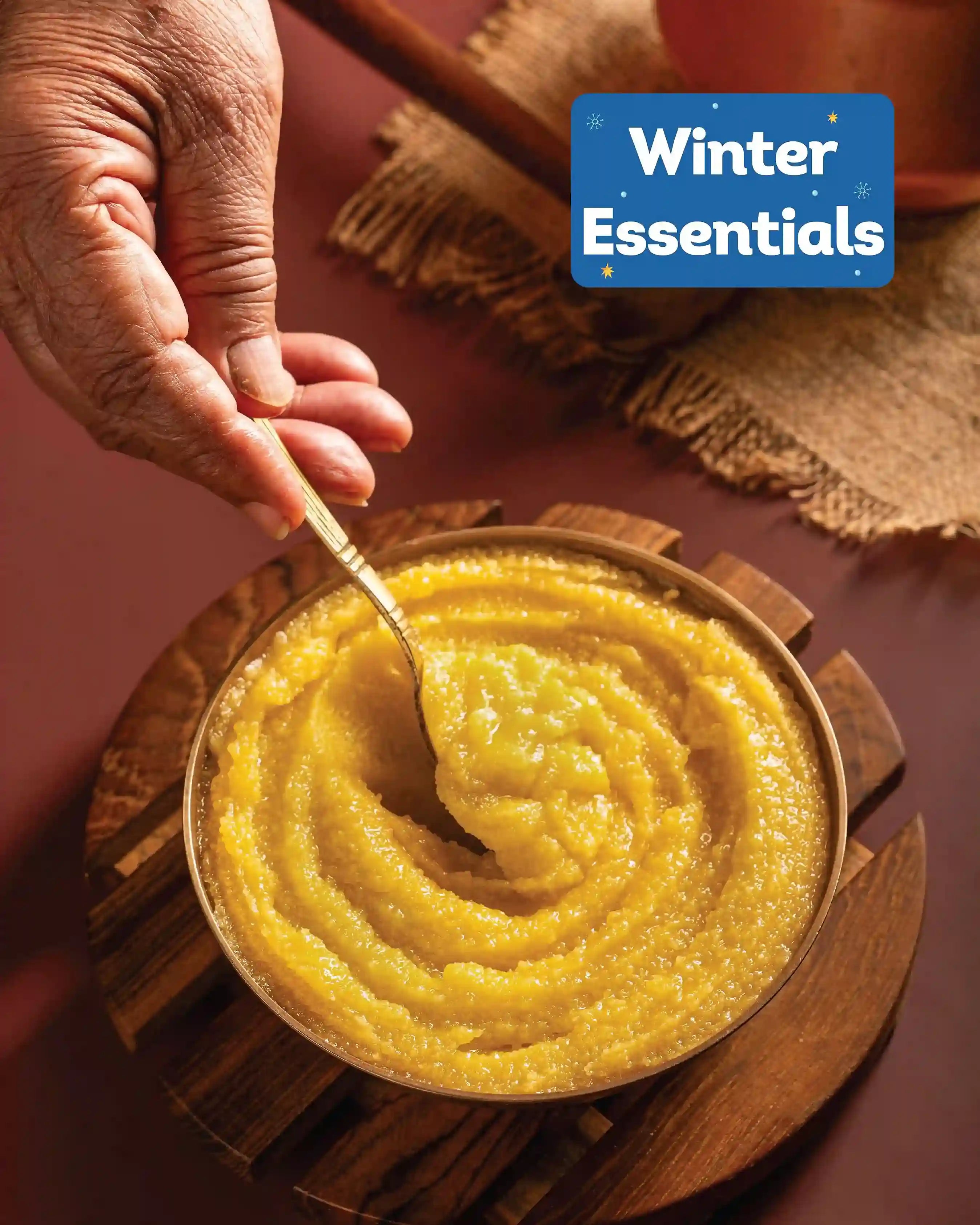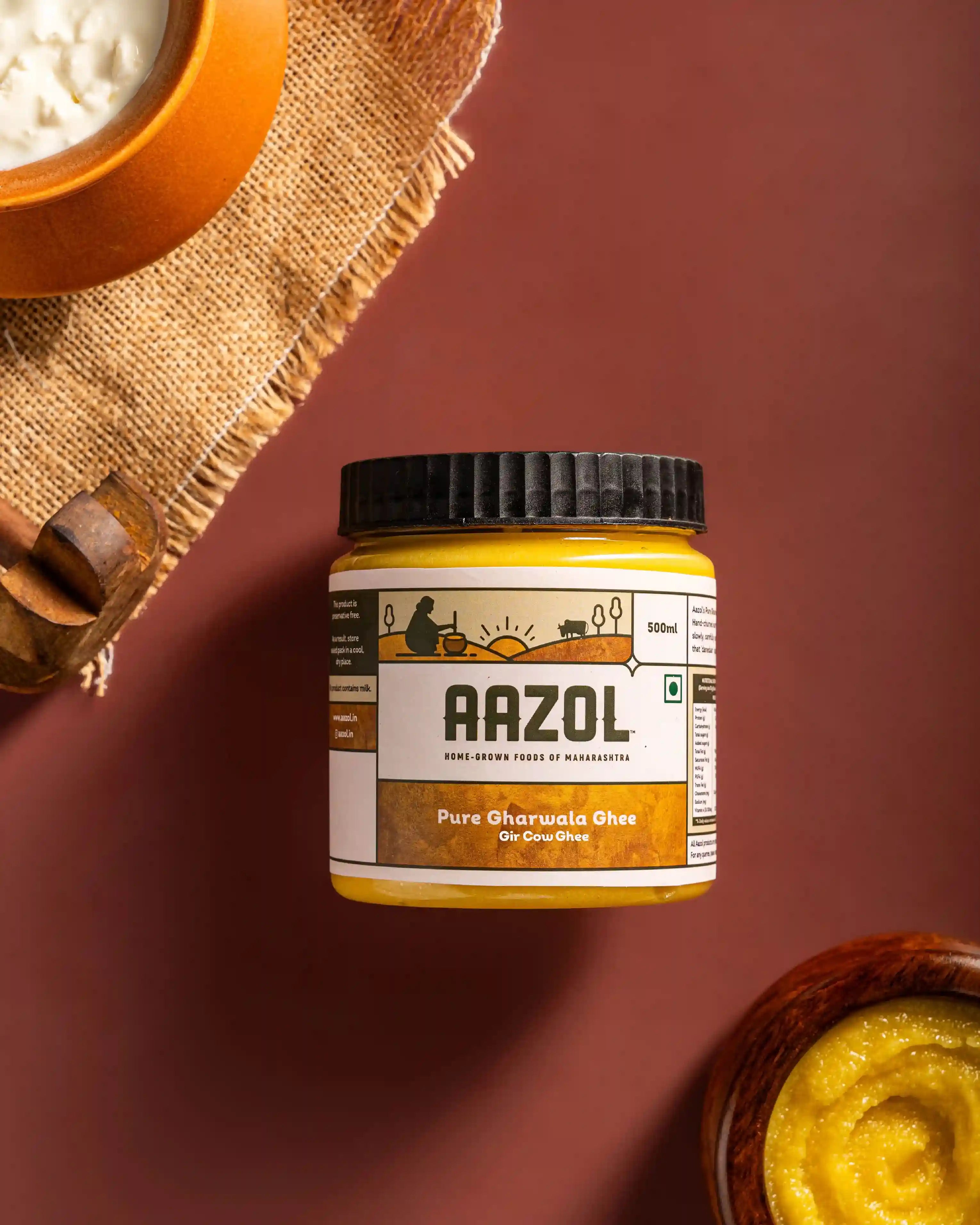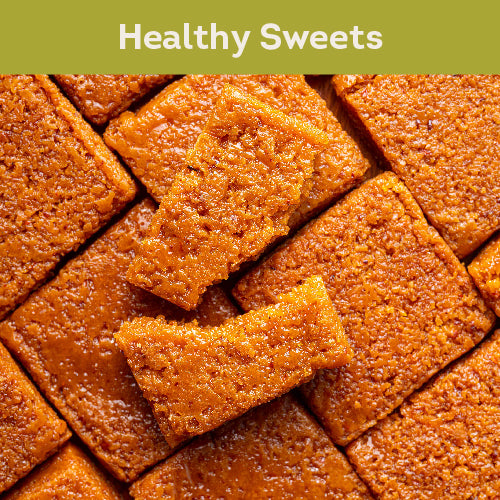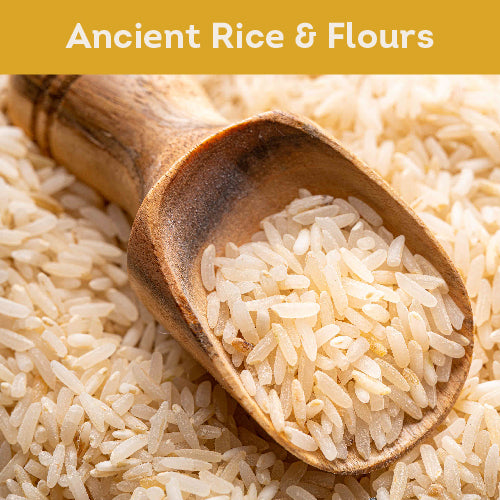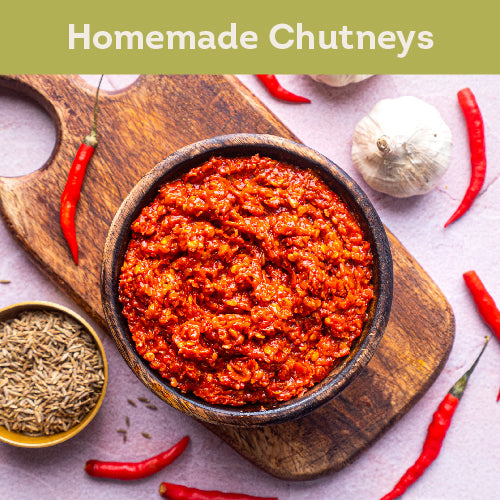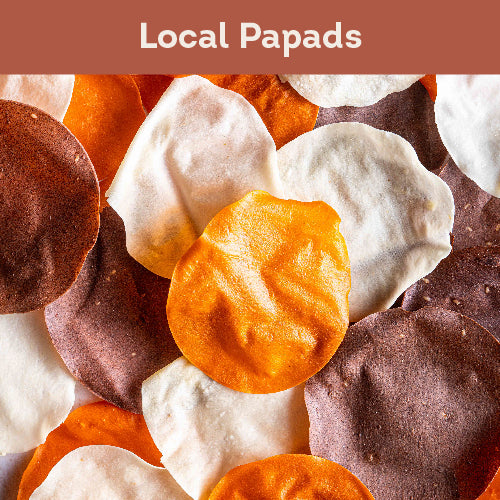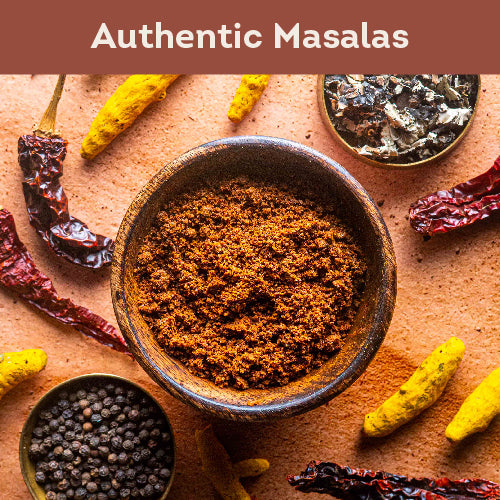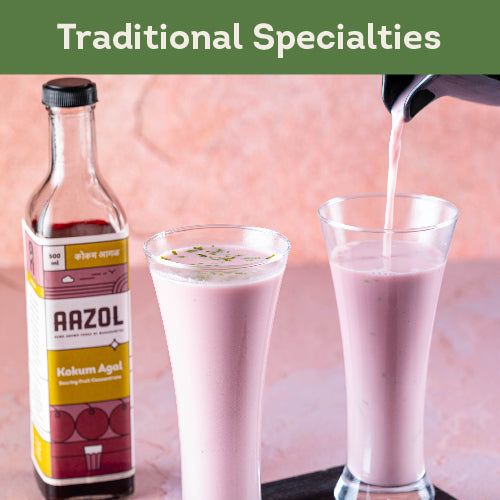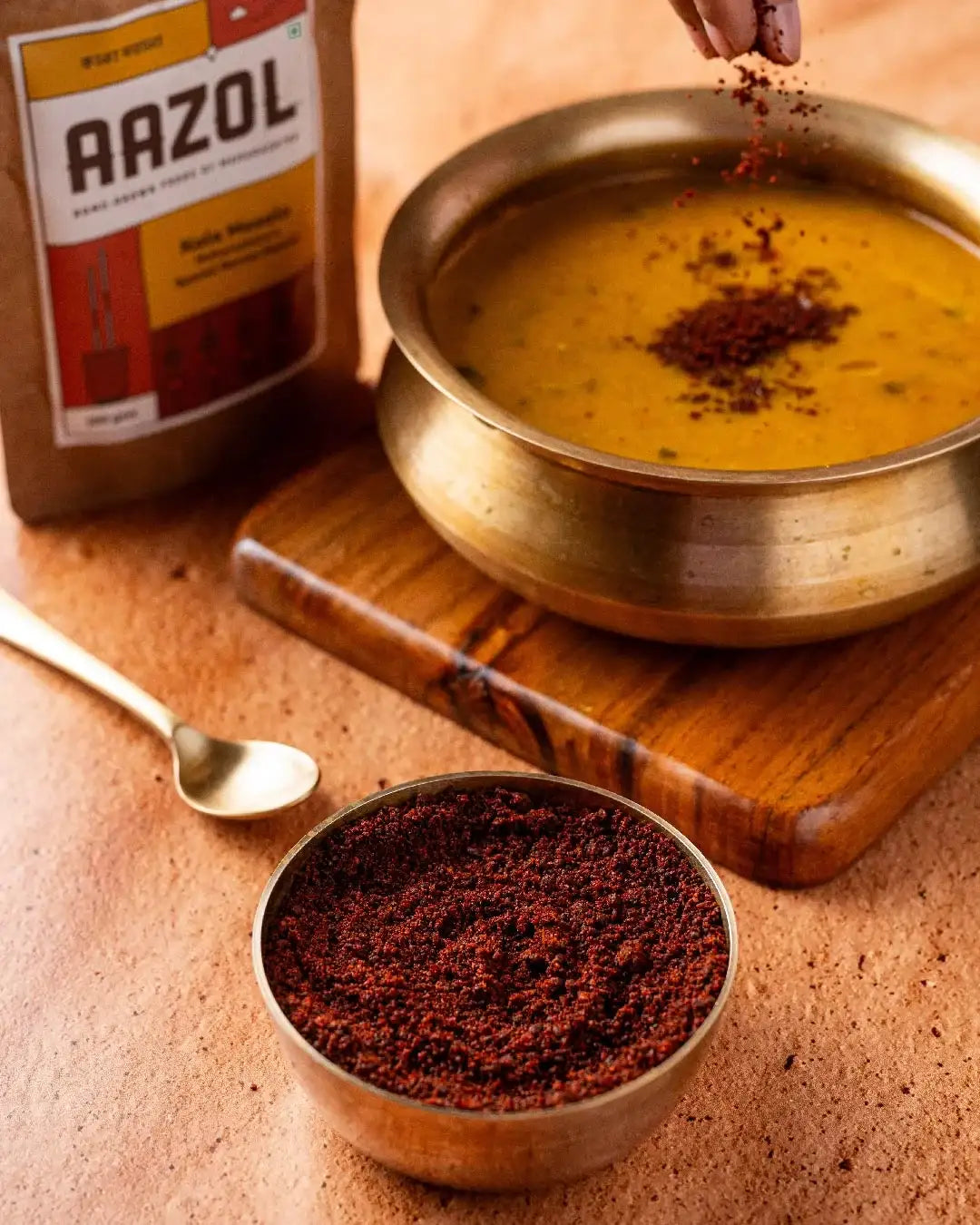
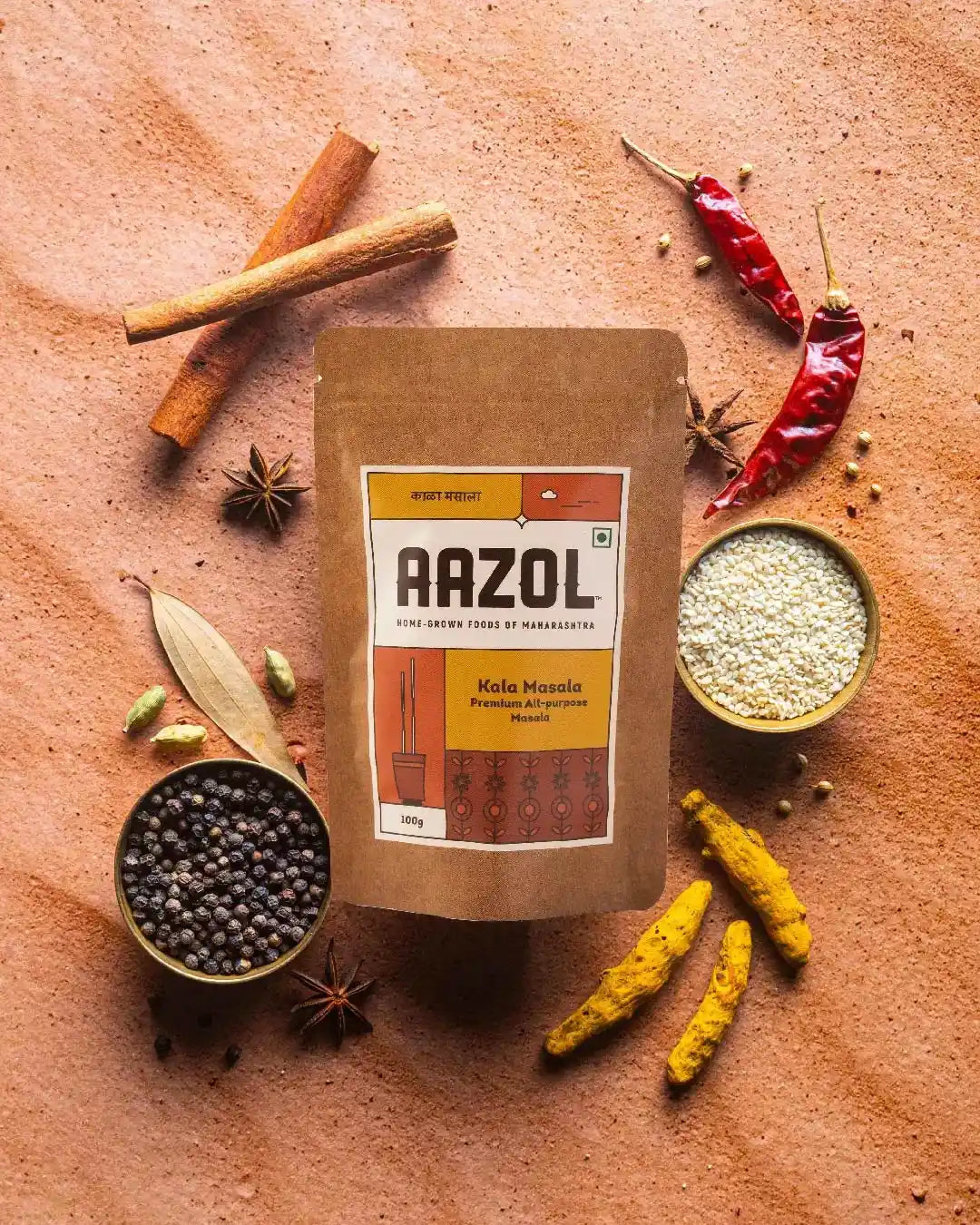
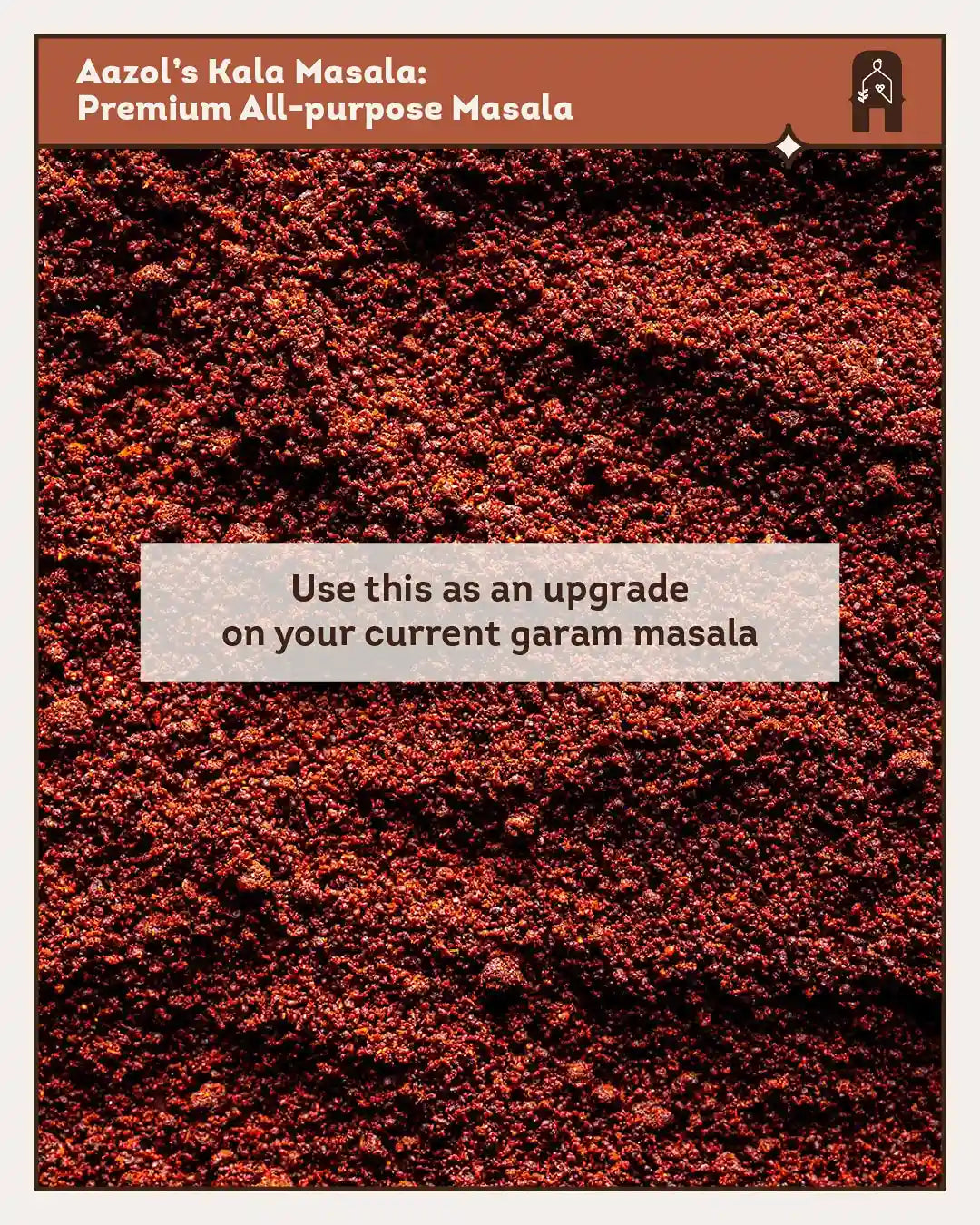
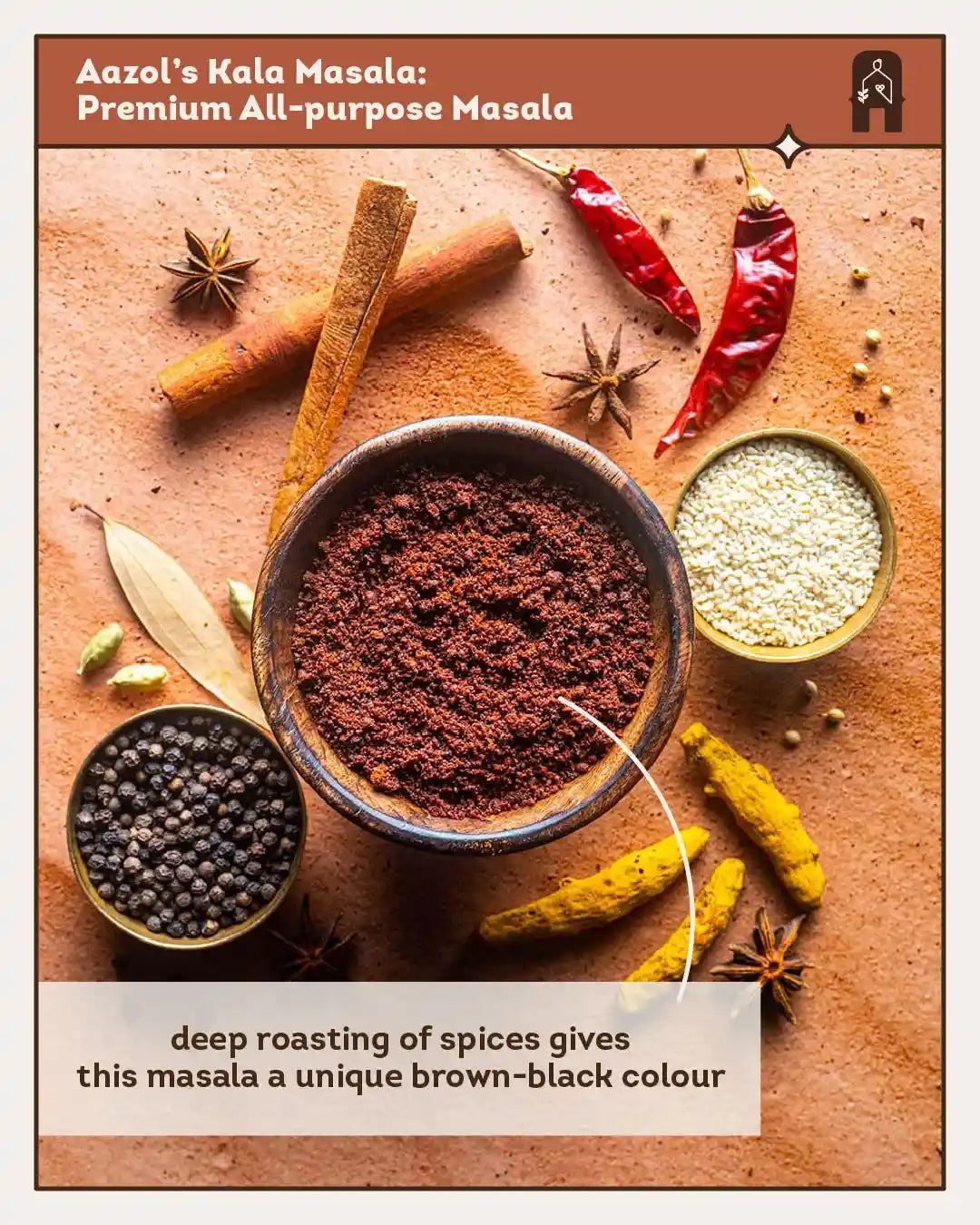
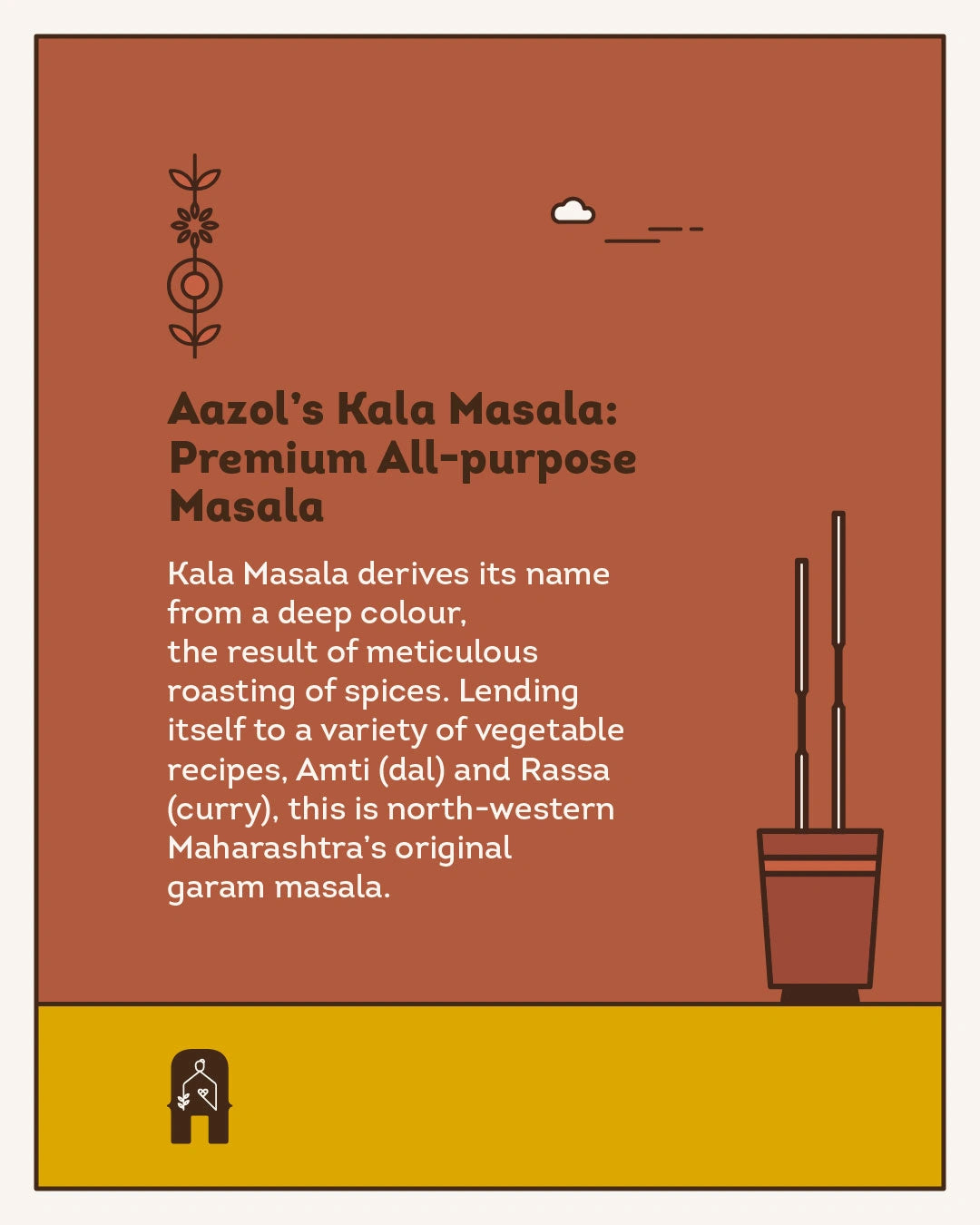
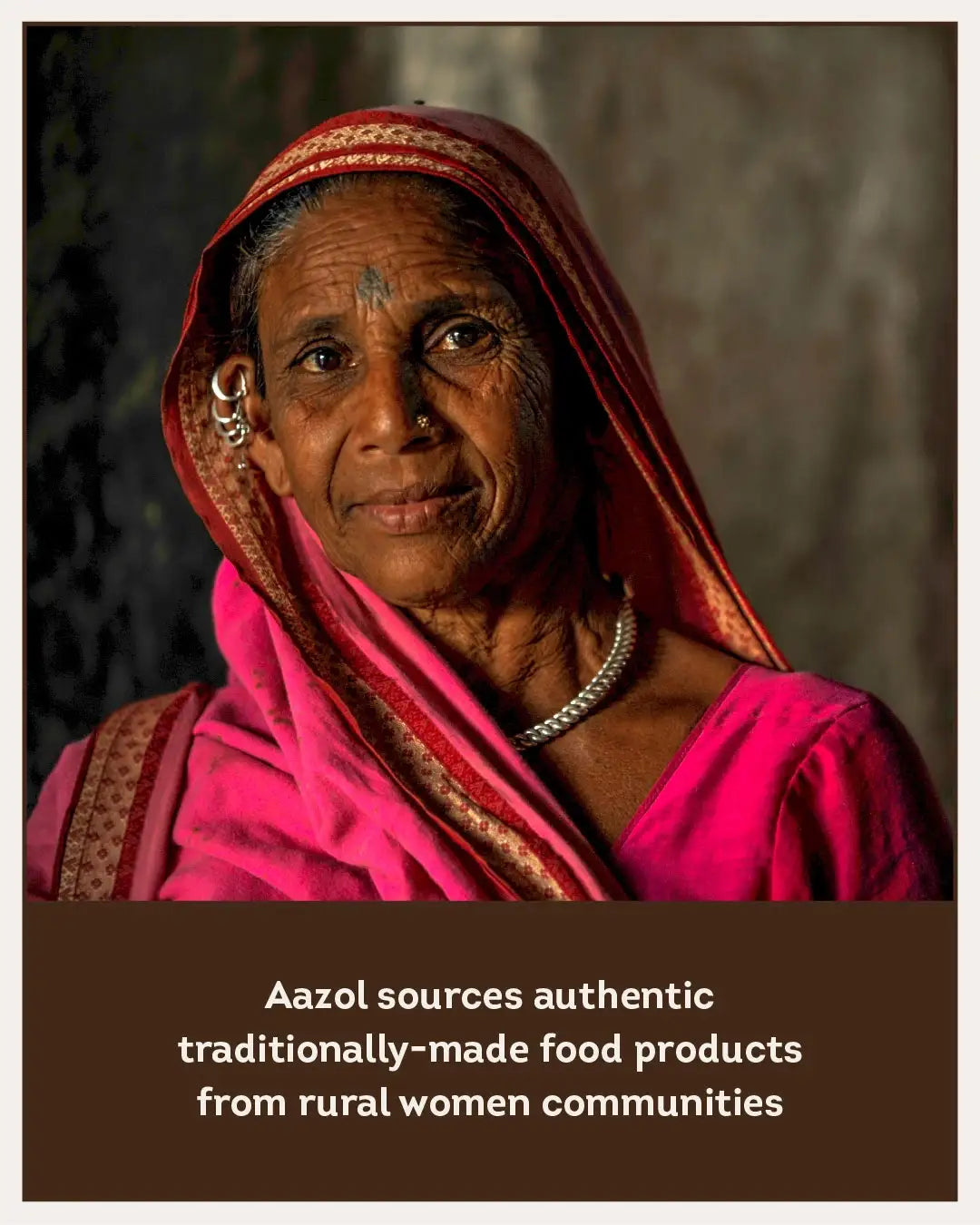
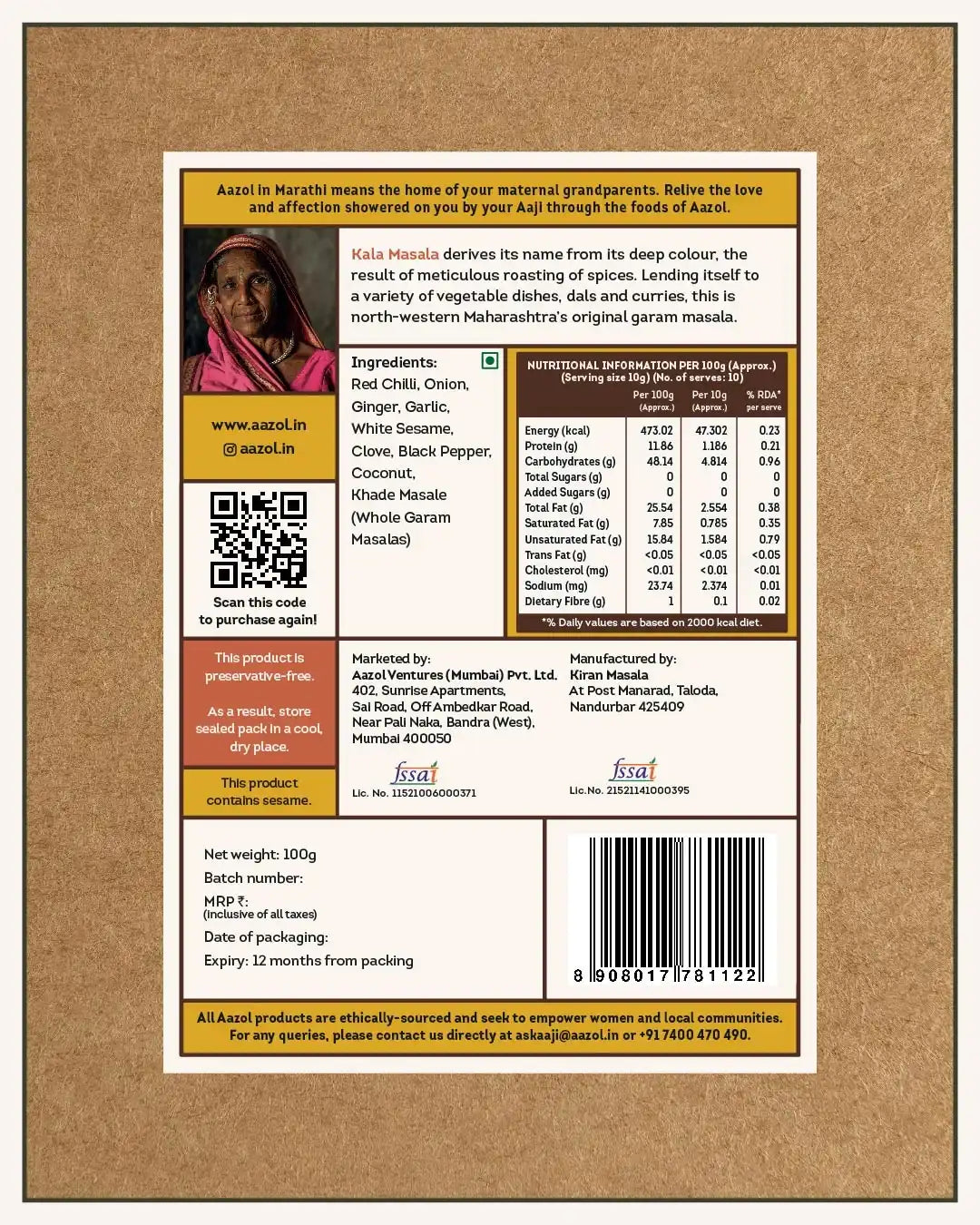

Kala Masala: Premium All-purpose Masala - 100g
MRP is inclusive of all taxes.
Use codes AAZOL25 and AAZOL100
Free Shipping above INR 1,499
For orders INR 800 - 1,999
(Fees - INR 149)

Description
Aazol's Kala Masala derives its name from its deep colour, the result of meticulous roasting of spices. Lending itself to a variety of vegetable dishes, dals and curries, this is north-western Maharashtra’s original garam masala.
Provenance
Kala masala is characterised by its rich, spicy, and often smoky flavour. The word "kala" in Marathi, the primary language of Maharashtra, means black, and Kala masala gets its name from the dark and robust colour it imparts to the dishes it is used in. This dark colour comes from the black spices used in the blend like black pepper and black cardamom.
About The Seller
Kiran Rajesh Nikumbhe, a determined homemaker from Shahada, Dist. Nandurbar, with a vision of creating her own small business to improve her family's life. In 2017, she ventured into the world of Cashew processing, and for three years, her business thrived. However, the onset of the COVID-19 lockdown brought economic hardship, forcing her to shut down the cashew processing venture. This inspired her to explore new possibilities and she decided to get a drier for dehydrating cashew nuts. Unfortunately, her initial attempts to sell dehydrated products did not yield the desired results.
Undeterred by the setbacks, Kiran sought guidance from her family. Together, they brainstormed ideas and identified a daily essential in everyone's kitchen – Masalas. In 2022, Kiran took a leap of faith and launched her own Masala business, drawing upon age-old recipes passed down from her Nani (maternal grandmother). Today, Kiran's Masala business has not only empowered her but also provided employment opportunities for five other women.
Shipping & Delivery
- Free shipping for orders above INR 499. For orders under or equal to INR 499, there is a shipping charge of INR 100.
- COD available on orders between INR 499 and INR 1,999. COD charge of INR 99 shall apply.
- Same-day dispatch for pre-paid orders placed before 2 PM.
- The delivery time is 2 to 7 business days from date of order.
- For detailed shipping policy, please visit here.
Other Information
MRP : ₹ 275
Country of Origin: India
Source, packed & marketed by: AAZOL VENTURES (MUMBAI) PRIVATE LIMITED, 402, Sun Rise Building, Pali Naka, Dr. Ambedkar Road, Bandra(West), Mumbai Suburban, Maharashtra, 400050, Phone: +91-7400470490, E-Mail: askaaji@aazol.in
Customer Care: AAZOL VENTURES (MUMBAI) PRIVATE LIMITED, 402, Sun Rise Building, Pali Naka, Dr. Ambedkar Road, Bandra(West), Mumbai Suburban, Maharashtra, 400050, Phone: +91-7400470490, E-Mail: askaaji@aazol.in


